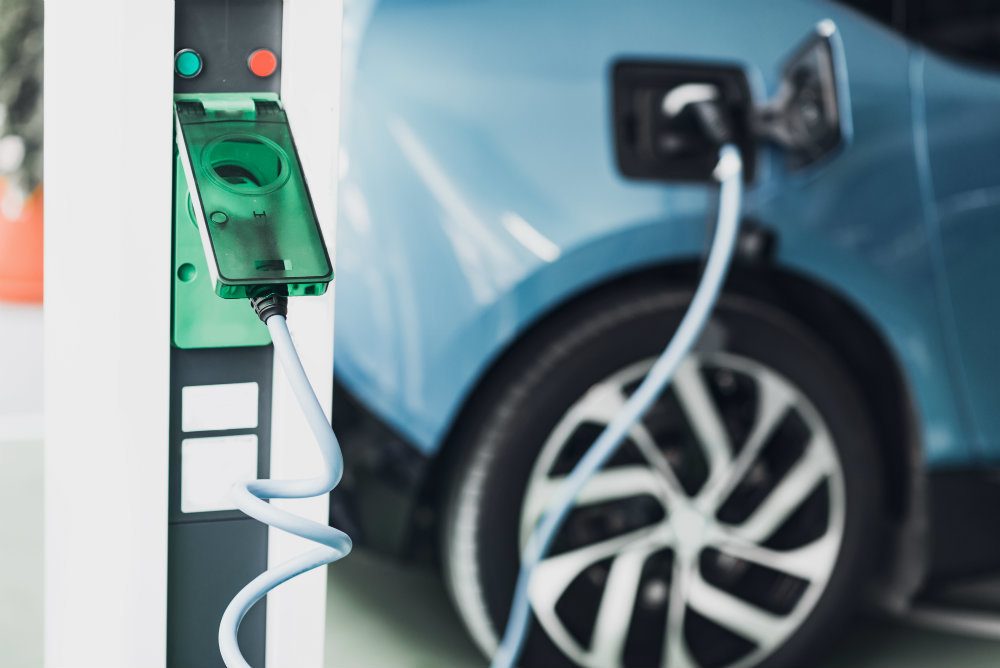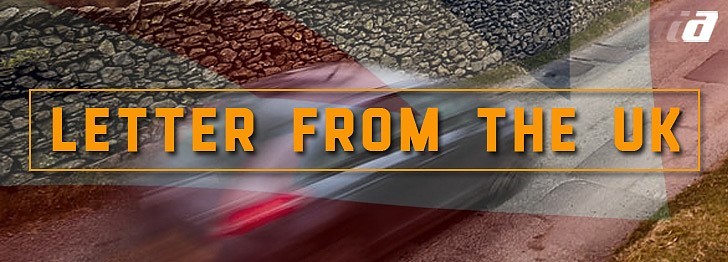- Could torque vectoring technology be the answer to range anxiety?
- Despite the impact of Brexit, the automotive industry continues to innovate.
- Geoff Maxted of DriveWrite Automotive Magazine examines in this Letter From The UK.
Over the past few months, one recurring theme of ‘Letter from The UK’ has been Brexit; Great Britain leaving the horror show that is the European Union on the 29th March this year. Every man and his dog have an opinion. Neighbour has turned upon neighbour as the accusations and recriminations reach fever pitch. It has all become very nasty and what has been increasingly overlooked is that the UK has, in many ways recently, become very successful.
Unemployment is low, for example.
This is especially true in the field of automotive technology. No sooner does one high-tech advance take place when another one follows on right behind, like buses.
Range Anxiety & Electric Cars
The latest breakthrough is in the field of electric cars. This writer likes EVs and thinks they have a lot to offer motorists – as long as a lengthy trip isn’t required. You see, this country is small, America is not. On a day-to-day basis, an electric car will manage 90 percent of our driving. I guess that in the USA they may be fine in towns and cities, but out in the wild blue yonder, I imagine that public charging points are thin on the ground.
Now though, new research and ‘current’ winter trials in Sweden by a company called GKN Automotive has introduced some great new EV science, and it could help solve the range issue: a two-speed transmission and torque vectoring on the front axle.
The test vehicle, we learn, is equipped with an optimised, two-speed ‘Seamless Shift’ eTransmission and technology allowing for ‘smart shifting.’ This has the potential to extend vehicle range, produce greater torque and acceleration, and allow for a higher top speed. Exceptional stability and driving performance is possible, they say, thanks to the torque vectoring capability of the company’s so-called ‘eTwinster’ system.
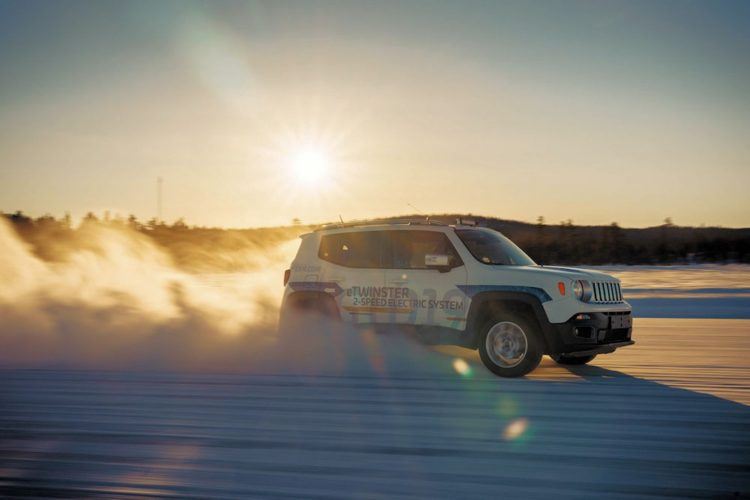
‘eTwinster’ Test Car
Based on the standard Jeep Renegade, the demonstration vehicle has apparently been undergoing extensive winter testing to demonstrate how car manufacturers can use drivetrain innovations to achieve industry-leading standards in electric cars. It shows quite clearly to the layman how the technology is evolving and improving to further enhance efficiency, safety, and driving dynamics.
The setup in the Renegade provides pure electric power with two speeds. The electric two-speed gearbox ensures the shifts are seamless, with minimal losses in power and torque, all while increasing acceleration and efficiency. If the car runs more efficiently, the range extends accordingly. That’s the theory anyway.
New torque vectoring technology delivers specific advantages for vehicle stability, agility, and safety. Aiding modulation of the high initial torque of the electric motor, the ‘eTwinster’ system governs acceleration, making it swift and smooth. This also provides greater lateral control and optimised front-wheel driving dynamics for both safety and driver satisfaction.
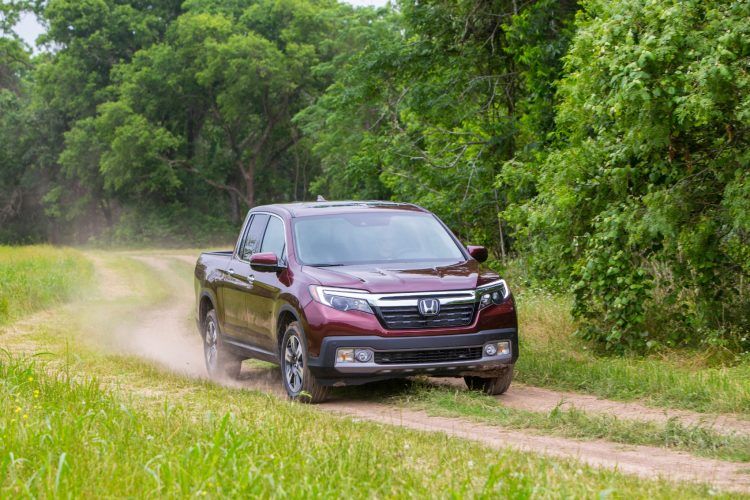
Torque Vectoring
Torque vectoring provides a vehicle’s differential with the ability to vary the torque to each wheel. This method of power transfer has recently become popular in all-wheel drive motors, for example. Some newer front-wheel drive vehicles also have a basic torque vectoring differential. As automotive technology improves, more vehicles will be equipped with this technology. This allows for the wheels to grip the road for better launch and handling characteristics.
In the test vehicle, an advanced eDrive system replaces the fossil-fuel engine with a 120kW e-motor, delivering maximum torque to either of the front wheels when required. The system keeps the front wheels in check during acceleration, and can correct an understeer moment experienced by a driver entering a corner at speed, an issue with many front-wheel drive cars.
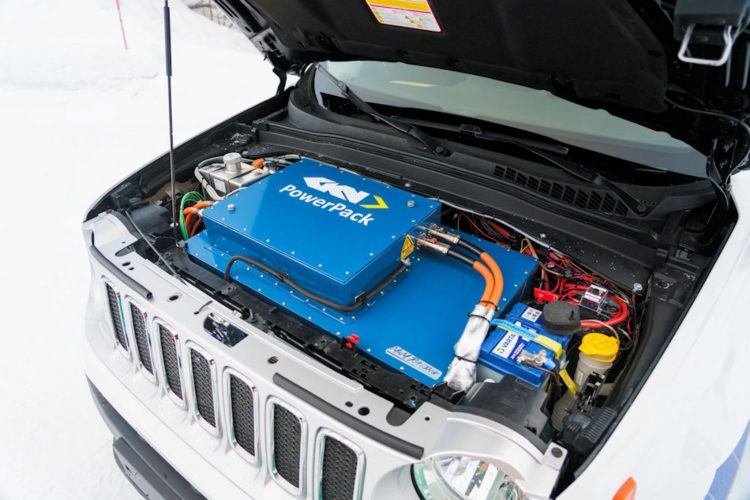
And Elsewhere In Europe
It seems that our electric driving future is assured and coming at us at pace. Innovations appear almost on a daily basis. Just recently it has been revealed that the dreaded range issue could well be resolved in a very clever way, if recent research proves to be viable. It has been demonstrated that carbon fibres can be used to store energy directly, which could be of major benefit to electric vehicles. As any one car can only carry a specific amount of batteries, the carbon fibre idea means that manufacturers could theoretically turn the entire body of a car into its own battery.
Making the whole outside of the vehicle the power source will greatly expand the storage, implying that travel distances can be hugely increased before re-charging. How we might feel about moving around surrounded by enough electricity to power a small town could be a problem – but in the science world, it’s all the buzz apparently.
Geoff Maxted is a motoring writer, photographer, and author of our Letter From The UK series. Follow his work on Twitter: @DriveWrite

